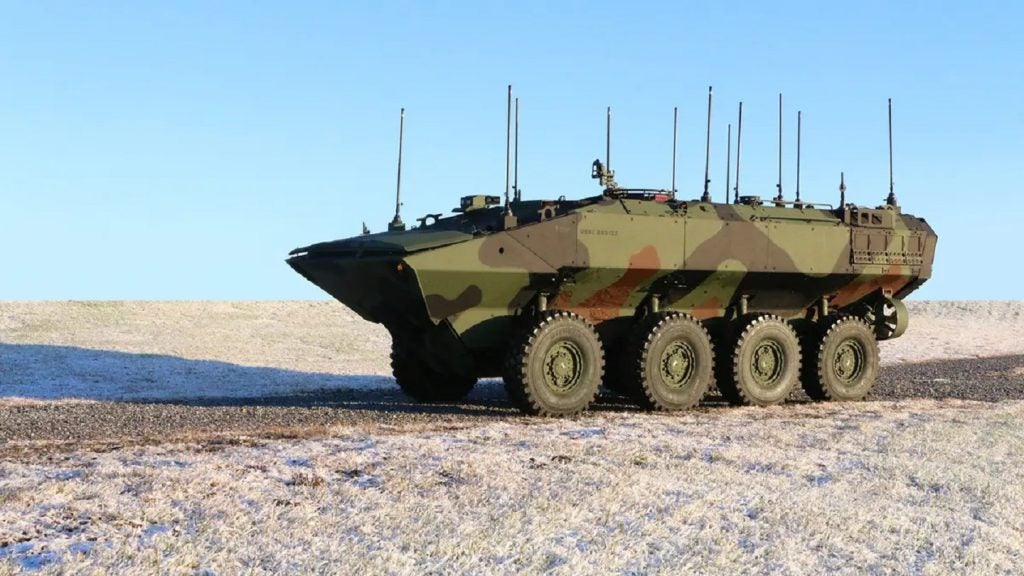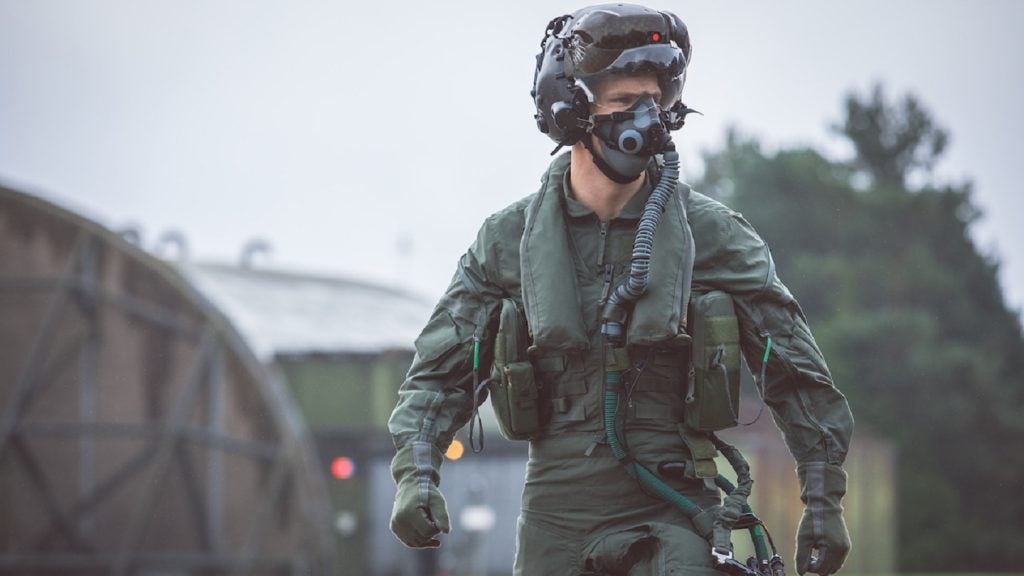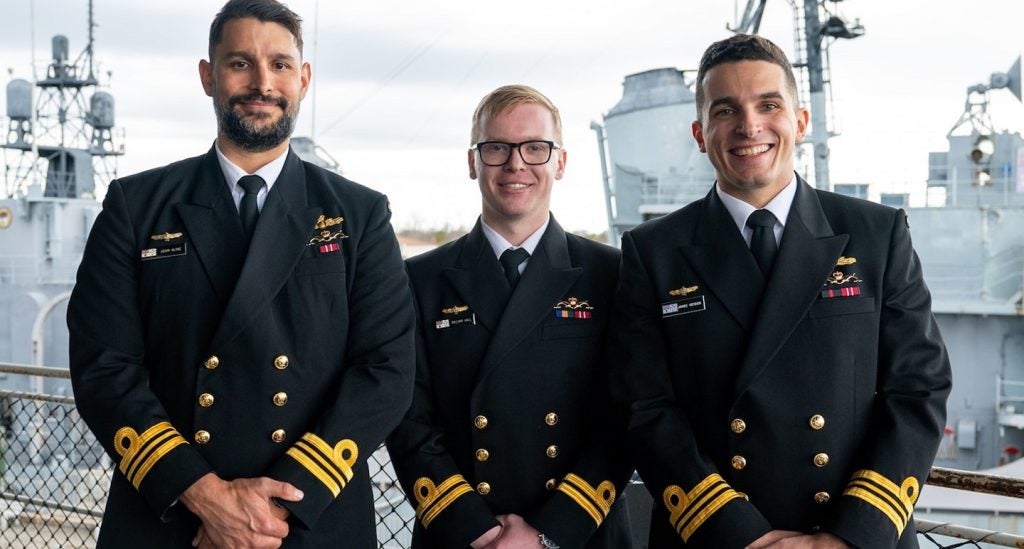The first Amphibious Combat Vehicle Command and Control (ACV-C) variant has been delivered to the US Marine Corps (USMC) by manufacturer BAE Systems, intended to provide the service with a mobile command centre to improve battlefield awareness.
Announced in a 12 January release by BAE Systems, the full-rate production manufacture vehicles under the ACV programme began following a December 2020 contract award. Currently, two of the four ACV variants are in production today at BAE Systems facility in York, Pennsylvania: the ACV Personnel variant (ACV-P), which provides transport for 13 combat-loaded Marines and three crew, and the new ACV-C variant.
Production Representative Test Vehicles (PRTVs) are currently in production for ACV 30mm (ACV-30) platform. The ACV-30 is armed with a 30mm remotely operated turret.
The fourth variant on contract, the ACV Recovery variant (ACV-R), recently completed phase one of the design process, with BAE Systems delivering production representative test vehicles in 2025. ACV-R will provide direct field support, maintenance, and recovery to the ACV family of vehicles.
ACV production and support is taking place at BAE Systems locations in Stafford, Virginia; San Jose, California; Sterling Heights, Michigan; Aiken, South Carolina; and York, Pennsylvania. More than 200 vehicles have been delivered to the USMC to date.
In late-2023, the USMC signed contract modifications for the acquisition of additional ACV variants, with the combined programme total now in excess of $2.5bn. The US plans to procure 4,350 ACVs from BAE Systems between 2018 and 2040.
US sees value in amphibious capabilities
According to BAE Systems the ACV-C provides open-ocean and ship-to-objective amphibious capability, as well as land capability, for the USMC.
The USMC is embarking on a widespread shift in its vehicle fleet through a number of modernisation and procurement programmes, with the ACV earmarked as being able to accommodate future technologies in battle management, communications, multi-domain targeting management, beyond-line-of-sight sensors, and Manned-Unmanned Teaming (MUM-T) with autonomous and uncrewed systems.
Part of the motivation for the vehicle will be its ability to operate in an amphibious capacity, with manufacturer BAE Systems stating that the ACV-C and its variants provide amphibious and land capabilities for embarked USMC personnel.
The USMC states that the ACV is the service’s “next generation vehicle” designed to transport Marines “from ships to shore along island chains like those found in the South China Sea”.
The investment into amphibious capabilities by the US is stark contrast to its UK Nato ally, which is mulling axeing its two Albion-class landing platform docks, a move that would leave the UK Royal Marines with a much-reduced ability to conduct amphibious operations.











